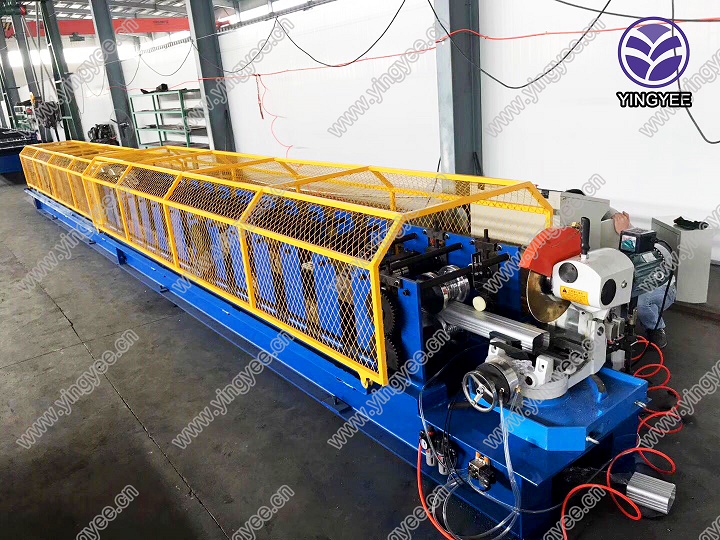
High Precision Straightening Machines Revolutionizing Leveling Processes
In today's manufacturing environment, the demand for precision and efficiency is paramount. High precision straightening machines, also known as leveling machines, have emerged as essential tools in various industries, including automotive, aerospace, and heavy machinery. These advanced machines are designed to correct deformities and improve the flatness of materials, ensuring that components meet rigorous quality standards.
At the heart of a high precision straightening machine is its ability to deliver consistent and accurate results. Deformities in metal sheets, tubes, and other structural components can lead to significant issues during assembly and operation. Poorly straightened materials can result in mechanical failures, decreased product longevity, and ultimately, increased costs due to rework or replacement. Thus, investing in a high precision straightening machine not only enhances the quality of the final products but also streamlines the manufacturing process.
The technology behind high precision straightening machines has evolved dramatically, incorporating computer numerical control (CNC) systems and advanced sensors. These machines can automatically adjust parameters based on real-time data, allowing for precise control over the straightening process. As a result, manufacturers can achieve tighter tolerances and higher levels of flatness than ever before.
One of the key features of modern straightening machines is their adaptability to various materials and thicknesses. High precision machines can handle a wide range of metals, including steel, aluminum, and specialty alloys. This versatility is crucial for manufacturers who work with multiple materials across different projects. Additionally, these machines can accommodate varying thicknesses, ensuring that they can be employed in diverse applications without the need for extensive adjustments or downtime.

Energy efficiency is another significant advantage of high precision straightening machines. Many models are designed to minimize energy consumption while maximizing output. With features such as hydraulic systems that only engage when necessary and optimized motors, these machines can help reduce operational costs and environmental impact, making them a sustainable choice for modern manufacturing.
Moreover, high precision straightening machines are equipped with advanced monitoring and diagnostic systems. These systems not only provide operators with real-time feedback on machine performance but also facilitate predictive maintenance. By analyzing performance data, manufacturers can schedule maintenance proactively, preventing costly breakdowns and production delays. This level of reliability is vital in industries where time is money, and any interruption can have serious consequences.
In addition to improving the quality and efficiency of manufacturing, high precision straightening machines can also enhance safety. By automating the straightening process, the need for manual intervention is reduced, minimizing the risk of accidents and injuries in the workplace. Furthermore, better-formed materials lead to safer end products, particularly in critical applications such as aerospace and automotive.
Looking ahead, the integration of artificial intelligence (AI) and machine learning into high precision straightening machines promises even more exciting advancements. These technologies can further refine the straightening process, allowing machines to learn from previous operations and continuously improve their performance. This represents a significant leap toward the fully automated factories of the future, where precision and efficiency are maximized.
In conclusion, high precision straightening machines are a vital component of modern manufacturing processes. Their ability to deliver exceptional quality while enhancing operational efficiency positions them as essential tools across various industries. As technology continues to advance, these machines will undoubtedly play a crucial role in shaping the future of manufacturing, ensuring that products remain reliable and meet the ever-increasing demands for precision. Investing in high precision straightening technology is not just a boon for manufacturers seeking to enhance productivity; it is also a commitment to quality and safety in an increasingly competitive market.